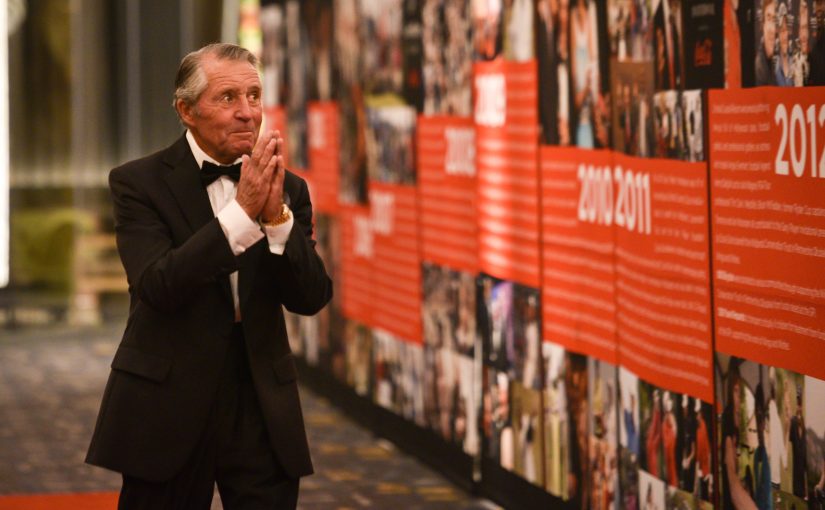A host of sports figures and business people gathered at Sun City on Friday night for the Gary Player Invitational presented by Coca-Cola’s gala dinner and auction, raising more than R3.2-million for The Player Foundation’s beneficiaries Wildlands and Wings & Wishes.
The evening was another memorable experience for the global charity series’ ‘Union of Golf and Giving’ as the funds raised will make a significant contribution to the two main charities of the tournament.
Swing City, the glamorous and dazzling entertainment band, rocked the crowd to get the auction started and brought enthusiasm to the worthy causes supported by The Player Foundation.
The charitable auction is the main fundraiser of the Gary Player Invitational presented by Coca-Cola, and includes funds raised from the live auction at the dinner, as well as personal pledges and bidding from a silent auction of several exclusive items.
The top bid of the evening went for R400 000, and will bring the auction winner to Carnoustie Golf Links in Scotland for The Open to experience Gary Player’s 50th anniversary of claiming his second Claret Jug, and also to the Gary Player Invitational in London held at Wentworth Club.
A once-in-a-lifetime experience, donated by Wildlands, fetched R200 000. The ‘Wildlife Experience’ will give the winner a front row seat to some of the most incredible conservation work being done on South African soil in the heart of Zululand in Zimanga.
Other items included a VIP package to the Nedbank Golf Challenge hosted by Gary Player, an FC Bayern Munich – ultimate fan experience, a 2018 Fifa World Cup experience, and a historical autographed photograph of The Big Three – Gary Player, Jack Nicklaus and Arnold Palmer.
‘The extraordinary support we receive each year from our guests is quite remarkable. The generosity with which so many people contribute to our charity efforts of this tournament, and The Player Foundation’s goal of raising $100 million for charity is truly special,’ said Marc Player, CEO of Black Knight International.



